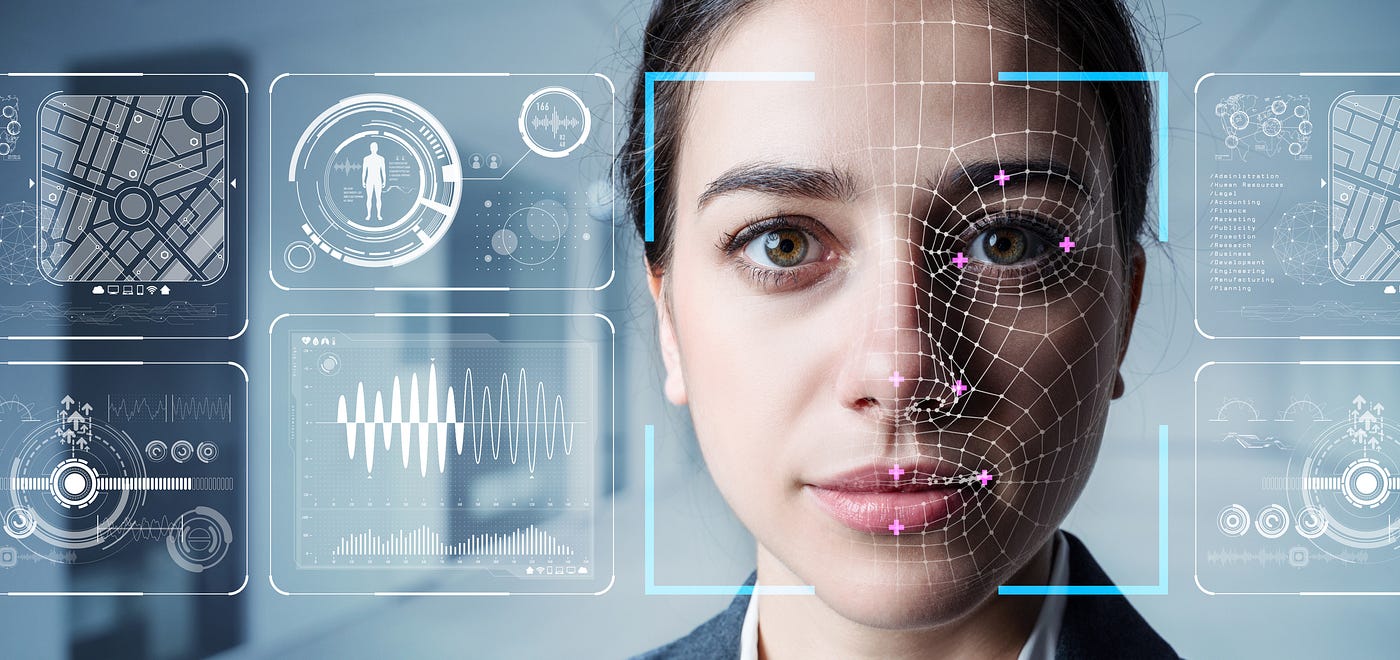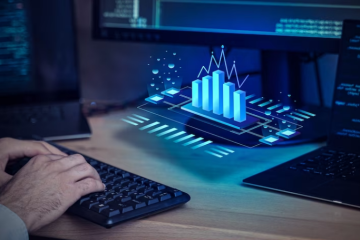As the hands of the clock continue to turn, so does the evolution of employee time and attendance tracking systems. The once manual and time-consuming task has seen remarkable transformations, with innovations ranging from biometric systems to cloud-based solutions. These advancements are not only streamlining processes but also enhancing accuracy and efficiency. But, what’s the latest in this ever-evolving landscape? Let’s peel back the curtain and explore what’s new, what’s improved, and what the future holds.
The Evolution of Attendance Tracking
Over the years, the methods of tracking employee attendance have significantly evolved, shifting from manual paper timesheets to advanced digital solutions. In the past, businesses relied heavily on the honor system. Employees would write down their hours on a physical timesheet, and at the end of the week or month, they’d submit it to their supervisor for approval. This method, while simple, was rife with opportunities for errors and discrepancies.
Then came punch cards, a significant step up from paper timesheets. Employees would ‘punch in’ at the start of their shift and ‘punch out’ at the end. This mechanical system provided a more accurate record of attendance, but it still had its drawbacks. Lost cards, buddy punching, and mechanical failures were common issues.
With the advent of the digital age, companies started using electronic time clocks and computer-based time tracking. These advanced systems offered real-time data, accuracy, and streamlined administrative tasks. However, despite these improvements, they still couldn’t fully eliminate issues such as time theft or buddy punching. The quest for the perfect attendance tracking solution continued, paving the way for the next big thing in time tracking technology: biometrics.
Biometric Time Tracking Systems
Biometric time tracking systems are now revolutionizing the way companies manage employee attendance, reducing time theft and eliminating buddy punching entirely. These systems use unique physical or behavioral characteristics, like fingerprints or voice patterns, to identify employees. It’s a method that’s not only hard to fake, but also provides a reliable record of an employee’s work hours.
More than just a time clock, these systems offer an array of benefits. They streamline HR tasks, as they automatically calculate hours worked, overtime, and leave balances. This can lead to significant savings in time and resources for the HR department. Biometrics also enhance security, preventing unauthorized access to facilities or data.
However, it’s not all smooth sailing. There are privacy concerns to consider, with employees understandably wary about their biometric data being stored and potentially misused. Companies need to ensure they comply with data protection laws, implement strict security measures, and communicate transparently with staff about how their data is used and protected.
Despite these challenges, the benefits of biometric time tracking systems are clear. They’re an innovation that’s making a big impact on how businesses handle time and attendance.
Facial Recognition in Attendance Management
Pushing the boundaries of biometric technology, facial recognition is now making its mark in attendance management. This innovative technology is being adopted by companies worldwide to streamline attendance tracking and reduce instances of time theft and buddy punching.
Facial recognition technology uses advanced algorithms to analyze features such as the distance between the eyes, the width of the nose, and the shape of the cheekbones. It creates a unique ‘faceprint’ that’s nearly impossible to fake, increasing the reliability and integrity of attendance records.
The use of facial recognition in attendance management also offers benefits in terms of speed and convenience. It’s contactless, so it reduces the risk of transmitting diseases, a key consideration in the post-pandemic workplace. Moreover, it’s quick, with systems typically able to recognize a face and record attendance in just a few seconds.
However, it’s not without challenges. Privacy concerns are a major issue, as is the potential for racial bias in facial recognition algorithms. Companies considering implementing this technology should carefully weigh these factors against the benefits. Despite the challenges, the trend towards facial recognition in attendance management shows no signs of slowing down.
Mobile Apps for Time Tracking
While facial recognition is revolutionizing attendance management, another technology, mobile apps for time tracking, is also making a significant impact. These apps are transforming how businesses monitor employee attendance, offering convenience and efficiency in equal measure.
These smartphone applications allow employees to clock in and out from anywhere, with just a few taps. This is particularly beneficial for companies with remote workers or field staff. It eliminates the need for physical time clocks, reducing overhead costs and streamlining administrative tasks.
Moreover, time tracking apps often provide real-time data, enabling managers to monitor work hours, breaks, and overtime with ease. They also offer advanced features like geofencing, which can confirm an employee’s location at the time of clocking in or out. This reduces time theft and ensures fairness and accuracy in attendance tracking.
Furthermore, these apps can integrate with other HR systems, allowing for seamless data transfer and simplifying payroll processing. Mobile apps for time tracking are undoubtedly a game changer, offering businesses a modern, accurate, and efficient solution for managing employee attendance.
However, they’re not the only innovation in this field. The next segment will explore another trend: cloud-based attendance solutions.
Cloud-Based Attendance Solutions
Moving on to cloud-based attendance solutions, they offer several significant advantages over traditional methods. The transition to cloud-based attendance is not just an upgrade, but a revolution in how companies manage employee time and attendance. In the following discussion, we’ll look at these benefits in detail and guide you through the process of implementing such a system.
Advantages of Cloud-Based Solutions
Often, businesses are reaping significant advantages from cloud-based attendance solutions, offering real-time tracking and enhanced data security. These systems allow companies to access attendance data anytime, anywhere, reducing the need for physical storage and streamlining administrative tasks. They’re also easily scalable, adjusting to business growth without the need for additional infrastructure.
Moreover, cloud-based solutions provide robust data security measures, such as encryption and multi-factor authentication, significantly reducing the risk of data breaches. They’re also updated automatically, ensuring businesses benefit from the latest security protocols and feature enhancements. Lastly, these solutions offer comprehensive analytics, enabling businesses to monitor trends, identify issues, and make data-driven decisions. Therefore, cloud-based attendance tracking is not just a technological trend, but a strategic business tool with vast benefits.
Implementing Cloud-Based Attendance
To successfully implement cloud-based attendance solutions, a business needs to consider several key factors. First, the company must ensure it has a reliable internet connection. Cloud-based solutions require consistent and high-speed internet for optimal functionality. Second, it’s crucial to choose a provider that offers robust security measures to protect sensitive employee information. Third, the business has to anticipate the training needs of its employees. They’ll need to learn how to use the new system effectively. Finally, the company should look for a solution that integrates seamlessly with its existing HR systems. This will ensure smooth data transfer and reduce potential errors. With these considerations in mind, businesses can make the shift to cloud-based attendance solutions more seamlessly.
Predicted Future Trends in Attendance Tracking
In the world of employee management, technological advancements are setting the stage for innovative trends in attendance tracking. Experts predict a future where AI and machine learning take center stage, enabling more efficient and precise tracking. This technology could learn patterns, flag irregularities, and offer insights to improve scheduling and reduce absenteeism.
The use of biometrics is another trend that’s likely to become more prevalent. Fingerprint scans and facial recognition are not only more accurate but also more secure than traditional methods. They’re harder to fake, reducing instances of ‘buddy punching’, where employees clock in for each other.
Also, the future might see a shift towards ‘passive’ tracking. Instead of clocking in and out, employees’ arrival and departure times would be automatically recorded when their smartphones connect to the workplace wifi. This would improve accuracy and convenience for both employees and management.
Conclusion
Attendance tracking has evolved significantly, from manual timesheets to biometric systems and mobile apps. The adoption of facial recognition and cloud-based solutions signal a shift towards more sophisticated, user-friendly technology. As these trends continue to shape the future of attendance management, it’s clear that the focus is on accuracy, efficiency, and convenience. Indeed, the new era of employee time tracking is here, promising to revolutionize how businesses monitor work hours.




